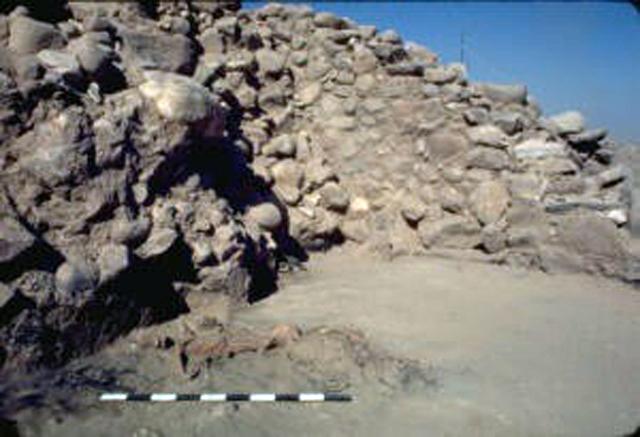The archaeological excavation at Numayra, a site near Karak, has uncovered some of the best-preserved examples of ancient houses.
“This means we can learn a lot about people’s day-to-day lives in these earliest cities. When we think about our houses today, the rooms and the things inside them, we can really see the similarities to how people lived almost 5000 years ago,” noted Hanna Erftenbeck, a professional on the project from the Free University in Berlin.

The excavations found rooms used for storage, work spaces for craft production, and every house had a room which clearly was used as a kitchen, Erftenbeck continued, adding that the objects found at the site include large and small storage vessels that give insight into the food storage and preservation methods.
“Food was eaten from small bowls and large platters, all of which were present at the houses at Numayra. Again, these remind us of the plates and dishes we use to eat our food today, and even the large platters that mansaf is served on,” she highlighted.
Also at the site, excavators found knives for cutting food, some made of stone, but some made from some of the earliest metal, copper, which came all the way from Wadi Feynan, she said.
Inside the houses and courtyards, excavators found hearths and ovens for cooking and baking, as well as large stone tools used for grinding grains, or pounding or mashing foods.
All of these things together tell us a story about people living together, cooking and sharing meals with their families inside their houses in this small town almost 5000 years ago, Erftenbeck pointed out.
Social and environmental systems intertwined at Numayra, and “thinking about food is a great way to connect both the environmental and the social aspects of life in the earliest cities in Jordan”, Erftenbeck said.
“From our own lives today, we know that food is not just something we consume to survive, but what we eat and who we eat with is very closely connected to our sense of self and to the community we live in,” Erftenbeck said, noting that the people who lived at Numayra spent a lot of time growing grains and flax in their fields and cultivating grapes and figs.
“They changed the environment around their towns for agriculture, creating fields and orchards,” Erftenbeck highlighted, adding that modern water management systems were key to ensuring a sufficient harvest.
Furthermore, the relationships and cooperation between families made sure that these communities could thrive.
“At Numayra, we also have evidence for networks of exchange between different places all throughout Jordan: The excavations at Numayra found chickpeas that were likely brought to the town through exchange, and the copper from Wadi Feynan, as well as pottery that came all the way from Shuna North, speak to these connections that existed between the different regions,” the scholar said.
--
Source; the Jordan Times.
